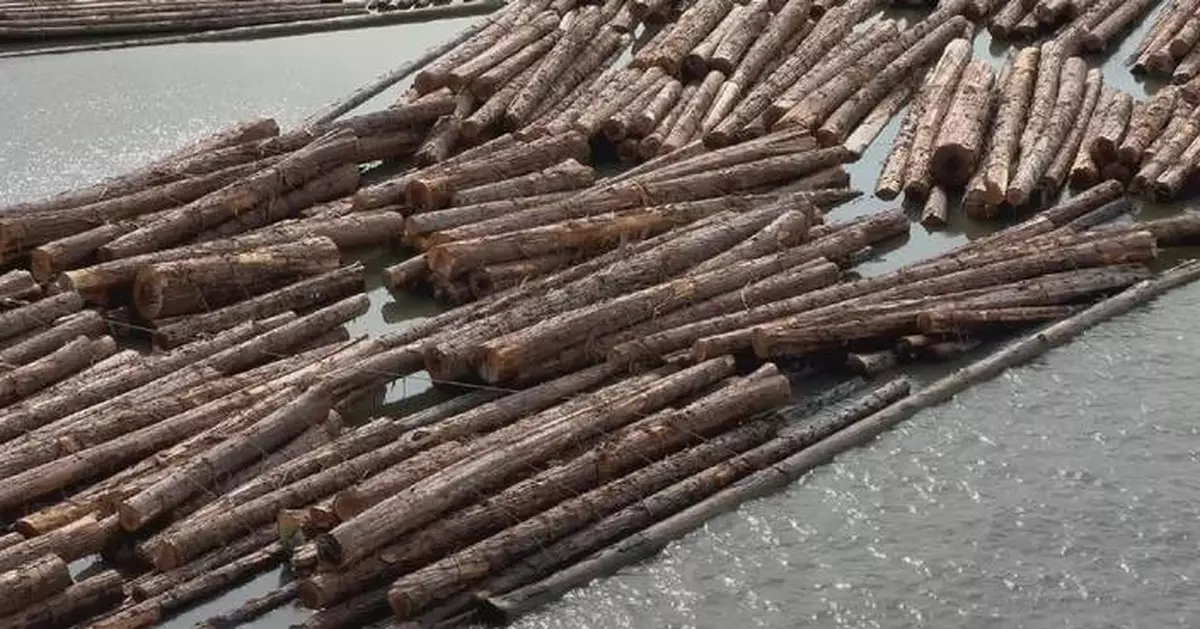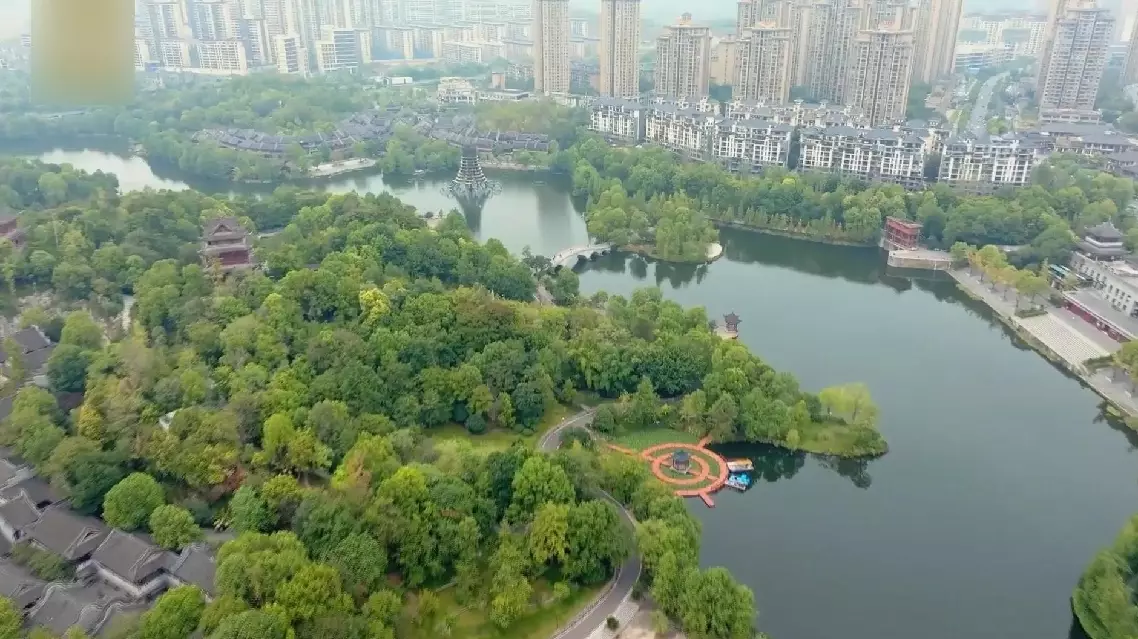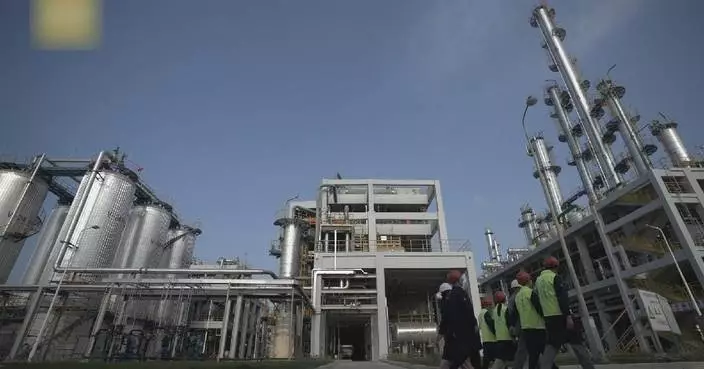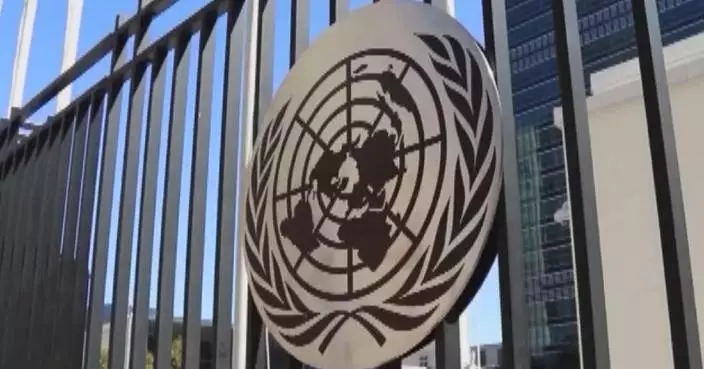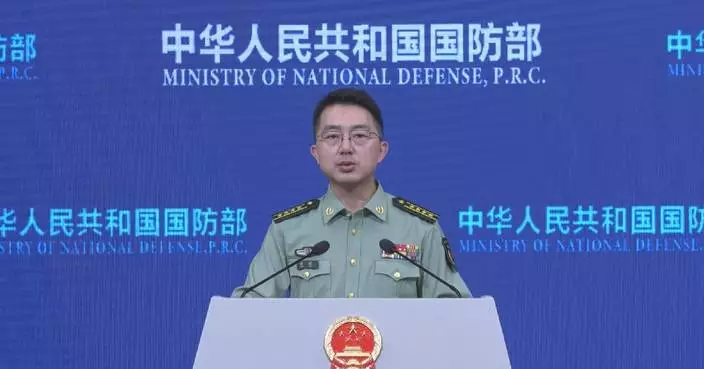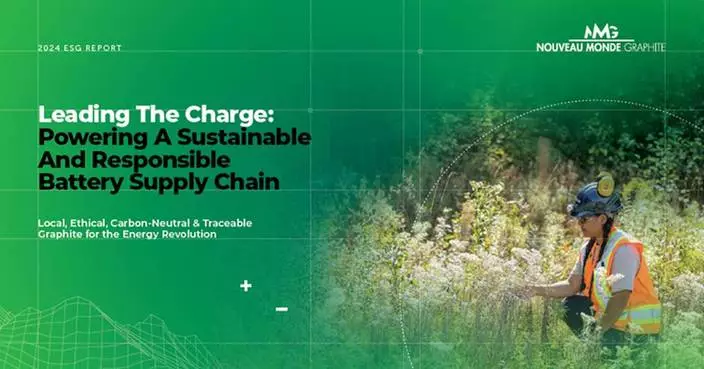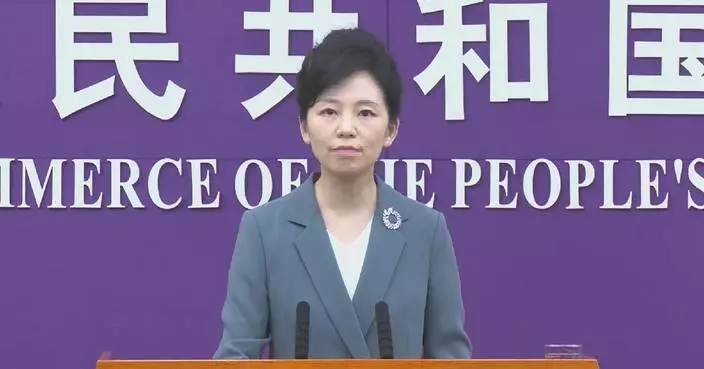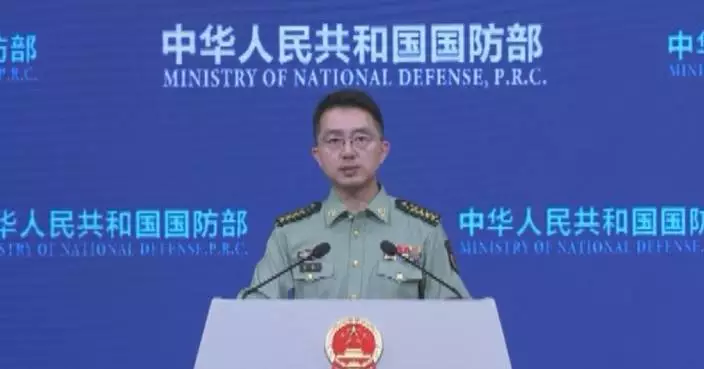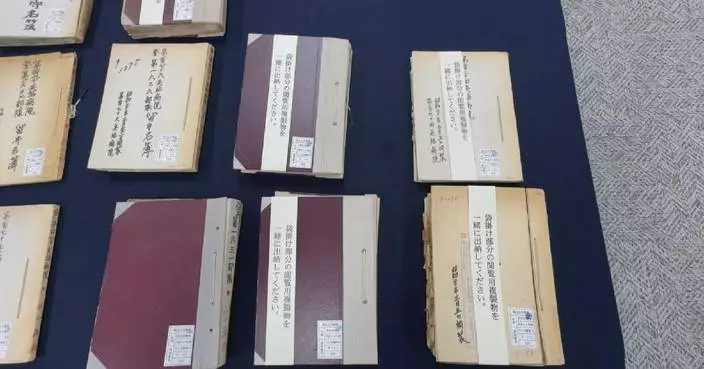The U.S. threat to impose higher antidumping duties on softwood lumber from Canada could increase the tax burden on the Canadian lumber sector while making it harder for the U.S. construction industry to access high-quality, low-cost wood, said a Canadian forest resources expert.
For years, the U.S. has been one of the primary export destinations for Canadian lumber, with imported softwood from Canada, much of it used for residential and commercial structures, making up a significant share of the U.S. softwood market.
Last month, the U.S. Department of Commerce announced the preliminary results of its sixth administrative review of the antidumping duty order on imports of certain Canadian softwood lumber products. While the preliminary margin rates have not yet taken effect, they could increase to 20.07 percent, up from the 7.66 percent determined in the previous administrative review.
Gary Bull, Professor Emeritus at the Department of Forest Resources Management at the University of British Columbia in Vancouver, explained that higher tariffs could severely impact Canada's lumber sector.
"When it looks like we will get tariffs April 2nd - could take our total burden for our lumber industry from anywhere from fourteen percent up to sixty percent in British Columbia because since we represent half of the industry in Canada in B.C. alone. And then of course the rest of Canada also will suffer equally," said the professor.
However, high lumber tariffs could backfire for the U.S. According to reports from the Canadian Broadcasting Corporation (CBC), the U.S. currently meets only about 70 percent of its homebuilding lumber needs domestically, relying on Canadian lumber for the remaining 30 percent.
"Some of the smaller to medium sized companies they have an interest in - it's to their benefit to have - a stoppage of lumber coming from Canada because then they can of course make more money. So if you look at the National Association of Home Builders, on the other hand, want our number because they want better quality wood and they want a lower price," Bull said.
The U.S. Department of Commerce has held six rounds of administrative reviews of the anti-dumping duty order on Canadian softwood imports, whose results should inform final tariff decisions, but Bull said they had found no evidence to support the idea that Canada is dumping products into the U.S. market.
"The tariffs are in two categories of the anti-dumping and the countervailing duty. And from my point of view, the anti-dumping duty in particular makes absolutely no sense because I see no evidence in the data that suggests that we are dumping product into the U.S. market," Bull added.

U.S. tariff threat on Canadian lumber could chop export market, U.S. construction: expert


